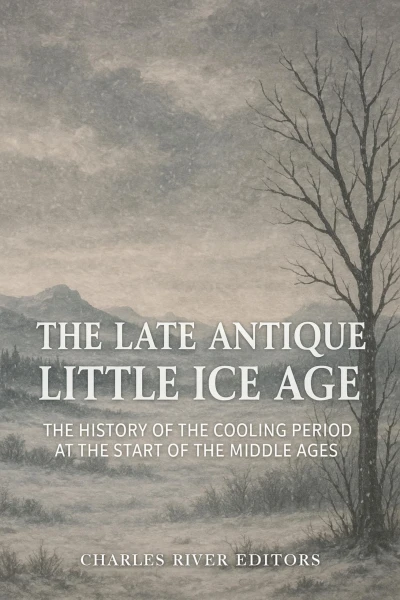Free
$3.99
11/21/2025
As a basic definition, it may be said that an Ice Age is simply a period of time during which thick ice sheets cover vast areas of land. These sheets have advanced and retreated, at times taking over the entire planet, and conversely disappearing nearly altogether. Glacial ice formed by this regularly occurring process does not sit in a state of inertia, but moves dynamically, reshaping the geological features of the continents. Again, the time frame for glacial movement is far longer than any involving human activity, so close attention must be paid in order to correctly measure and interpret it for the modern day.A parallel problem with human perception is that at present, modern society lives in the middle to late period of a relatively gentle, warm vacation from the present Ice Age. Such brief periods of warmth and climatic stability occur in regular cycles and are known as “interglacials,” and for humans, they provide a false sense of calm between the tides of global warming and cooling. Few realize that the comparative balminess of Earth’s present climate cycle is exceptional, and likely due to end within just a few thousand years.The vastly longer “glacial” periods forced early civilizations to evacuate their place of habitation in search of warmer climes, and they also allowed them to return as vegetation and herds of megafauna came back during the warming period that followed. Several species of early hominids have been caught unaware by the oncoming freezing process, and perished for their lack of preparation.An often overlooked, yet very important, environmental process in world history is known as the “Late Antique Little Ice Age,” which took place during the 6th century A.D. across most of the Northern Hemisphere and received its name because it was shorter and less well-known than the Little Ice Age, which took place from the 16th-19th centuries. An examination of the written sources from the 6th century, along with archaeological and climatological information, reveals that the Late Antique Little Ice Age was a major event in world history that had long-lasting repercussions on numerous societies. Although it was not as long or as severe as the later Little Ice Age, the Late Antique Little Ice Age drastically impacted several advanced societies across the Northern Hemisphere, including in Europe, Central Asia, East Asia, and even North America. Perhaps the best-studied aspect of the Late Antique Little Ice Age is the role it played in the collapse of the Western Roman Empire and how it helped shape the composition of early medieval Europe. Some of these studies suggest that the Late Antique Little Ice Age played a major, if not the most important, role in the reformation of Western Europe after the fall of the Roman Empire. Other studies suggest that the Late Antique Little Ice Age affected the political structure of late ancient societies in the Middle East and Arabia, helping to give rise to Islam. And finally, although the Late Antique Little Ice Age’s effects on East Asia and North America have not been studied nearly as much as its influence on Europe, the archaeological and some textual evidence – in the case of East Asia – suggest that the Late Antique Little Ice Age also affected how complex societies transitioned in those regions during the 6th century and later. The following book will examine these and other potential effects of the Late Antique Little Ice Age after detailing the evidence scholars have used, how the process of the Late Antique Little Ice Age took place, and how it affected existing power structures in the late ancient world.


